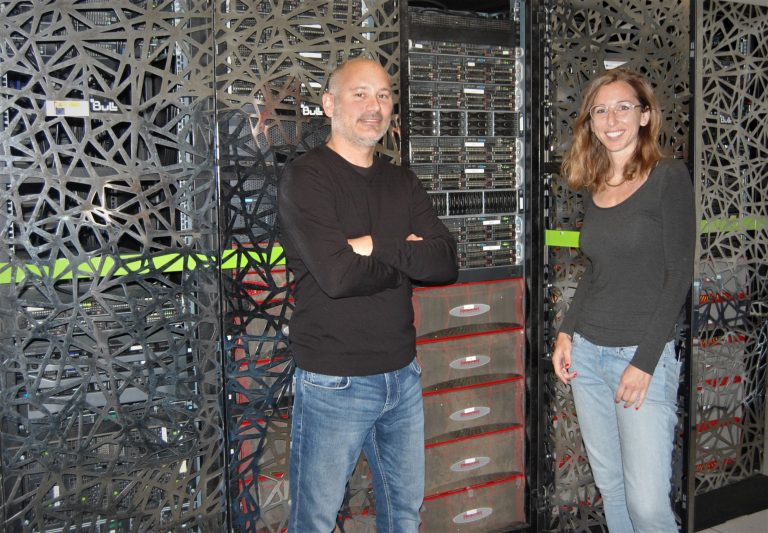
An international research collaboration called Solve-RD is using a multi-omics and data sharing approach to improve diagnostic outcomes for patients with rare diseases.
The project was set up 3 years ago and has so far included more than 300 clinicians, researchers and patient representatives from 15 countries including Germany, France, the U.K., Spain, Italy and the U.S., among others.
This week, the first results from the consortium, which has funding from the European Union’s Horizon 2020 program, have been published in a series of six papers in the European Journal of Human Genetics.
Rare diseases often have a genetic component and can be hard to diagnose and treat, as so few patients are affected. Clinical geneticists already broadly share data for this reason, but the Solve-RD project has broadened this out to a much wider scale.
The focus of the Solve-RD project is to use pooled research resources to re-analyze data from more than 19,000 individuals with rare diseases of unknown molecular origin and also to apply new combined ‘omics approaches to improve diagnostic and prognostic information in this area.
The work is ongoing, but already 8,393 individuals have had their data reanalyzed resulting in 255 new diagnoses with the help of new tools such as the ClinVar database.
The consortium has also been able to focus in on some specific conditions. For example, they have identified a new gene—TRIP4—with a variant though to cause pontocerebellar hypoplasia type 1, a rare condition that affects brain development. Previously variants in four other genes have been linked to this condition.
The researchers have also managed to find the genetic cause of a complex neurological disorder in a young man—a mitochondrial DNA variant, MT-TL1. In addition, they managed to identify a mosaic missense variant in the gene PIK3CA behind a case of diffuse gastric cancer in a young woman with no family history of the condition.
The RD-Connect Genome-Phenome Analysis Platform was set up as part of the project and has played a key role in helping to reanalyze the data. The online platform is hosted and coordinated by the Centro Nacional de Analisis Genomico, part of the Centre for Genomic Regulation, based in Barcelona. It provides secure access to both phenotypic and genomic rare disease data for researchers working in the field.
“Solve-RD has shown that it is possible to securely share large amounts of genomics data internationally for the benefit of the patients. The work we are publishing today is just the tip of the iceberg, since many more patients are being diagnosed thanks to the innovative methods developed and applied within Solve-RD,” commented Sergi Beltran, Ph.D., co-leader of Solve-RD data analysis and Head of the Bioinformatics Unit at the Centro Nacional de Analisis Genomico, in a press statement.
Solve RD has funding until at least 2022 and will continue to analyze data from its collaborators. “We hope that the Solve-RD dataset will be as useful to the RD community as the gnomAD consortium is for the genomics community, by making -omics data of RD populations available to the community,” write the authors of the summary paper about the collaboration.











